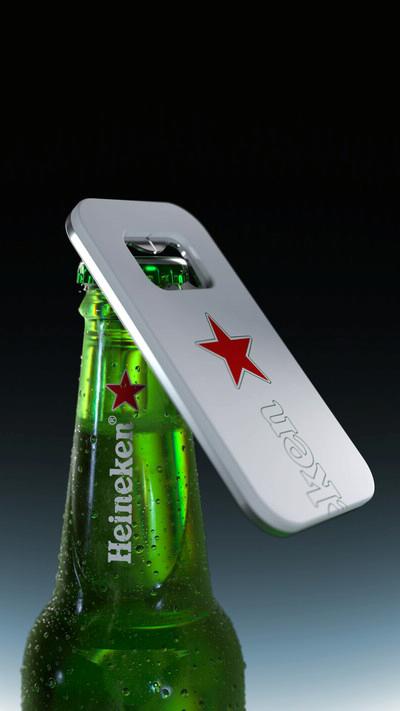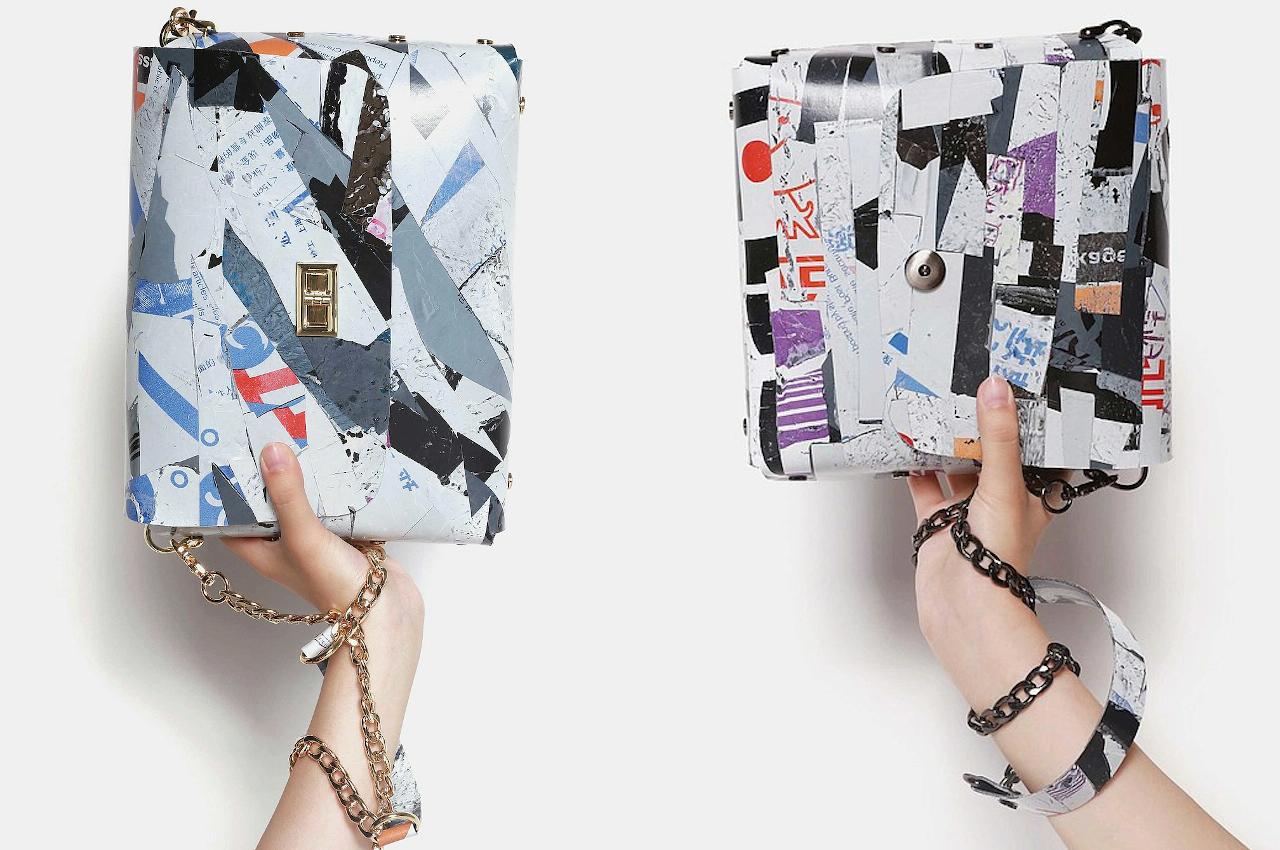LOS ANGELES
,
July 29, 2022
(Industry Intelligence Inc.)
–
Packaging uses sticky note graphics as reminders for taking brain supplements Notaben is a concept line of plant-based supplements for improving memory, helping with reduced attention span and boosting total brain function. Inspired by the Latin expression “Nota Bene,” which means “Pay Attention” in Latin, the supplements come in packaging whose main graphic element is based on a quintessential tool associated with memory—the sticky note. Along with the sticky note graphic, each box features the special mark, “Your instructions,” so that users can write down usage information, helping to ensure they take the correct dosage. Furthermore, each variant’s box features a different colored sticky note so that users can easily determine which supplement they’re taking. As new variants are added to the line, the packaging design can be modified with additional colors. Notaben was created by Victoria Trubitsina from the HSE Design School in Russia. A previous sticky-note inspired concept, produced by students from Guangzhou Academy of Fine Arts in China in 2020, involved brightly colored packages with printed drug information plus a self-adhesive so that the packs could be applied to refrigerator doors or message boards. The primary source of this information is Packaging of the World A new satirical campaign from Heineken envisions a beer bottle as so much more than packaging when paired with a new bottle opener called The Closer. When opening a Heineken bottle, the high-tech device immediately shuts off all work applications, encouraging workers to wind down at the end of the day and enjoy time with friends. According to YouTube tech influencer Austin Evans, when The Closer connects with the bottle cap, it “completes the circuit, which therefore sends the signal” to power off applications on a computer. The Closer is being marketed as the antidote to the increasing demands of an always-on work culture. “With the once-rigid boundaries between work and personal time rapidly deteriorating following the COVID-19 pandemic, we want to spark a much-needed conversation about the importance of resisting the societal pressures to be in a constant state of busy work and encourage workers around the world to reprioritize social and leisure time with the people who matter most,” said Bram Westenbrink, global head of the Heineken brand. The bottle opener device was unveiled at an exclusive event with Billy Eichner, mimicking the style of technology launches akin to Apple or Google. While the June 8 date for entering for a chance to win The Closer has passed, Heineken says more devices will be made available in additional markets in the coming months. In a similar move, Glengoyne recently launched its Offline Edition whisky box, which blocks cellphone signals to encourage human connection. The primary sources of this information are Heineken and Design Taxi With the growing popularity of online shopping and deliveries, many brands have embraced plastic mailers as a billboard of sorts, having them decorated with expressive and complicated designs. The downside, however, is that plastic bags have also become a common waste material. Given how distinctive plastic mailers can be, a group of designers has envisioned how they could be used as design elements to make unique, eye-catching accessories. The “Re: Express Plastic to Bag” project is an attempt to use the varying designs and markings of plastic packaging as a strength rather than the material’s weakness. After removing potentially private information on labels, the plastic pieces are compressed and heated to become more pliable materials that can be cut into strips. These strips of different colors and patterns are then laid out flat and baked once again to become hard enough to be used for making leather-like handbags and purses. With an unorthodox mix of colors, texts and shapes, the final pieces take on a somewhat chaotic appearance that even the most discerning fashion-forward consumer can appreciate. The recycled plastic material has the potential to also be used for items such as eyeglass pouches, covers, laptop sleeves and more. The “Re: Express Plastic to Bag” project is the design work of Yang Hongjun, Song Jiajia, Su Yunpei, Xiao Kaixu and Lan Cuiqin. The primary sources of this information are Yanko Design and Trend Hunter
Heineken addresses workplace burnout with high-tech bottle opener
Designers upcycle plastic mailers into handbags and purses with high-end look
* All content is copyrighted by Industry Intelligence, or the original respective author or source. You may not recirculate, redistrubte or publish the analysis and presentation included in the service without Industry Intelligence's prior written consent. Please review our terms of use.




